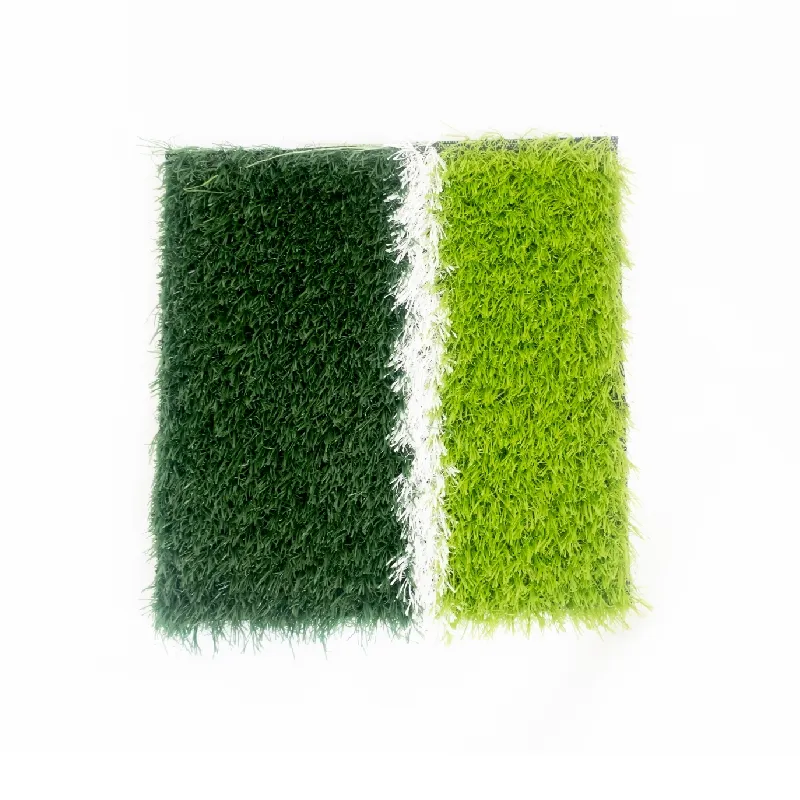
- Afrikaans
- Arabic
- Belarusian
- Bengali
- Czech
- Danish
- Dutch
- English
- Esperanto
- Estonian
- Finnish
- French
- German
- Greek
- Hindi
- Hungarian
- Icelandic
- Indonesian
- irish
- Italian
- Japanese
- kazakh
- Rwandese
- Korean
- Kyrgyz
- Lao
- Latin
- Latvian
- Malay
- Mongolian
- Myanmar
- Norwegian
- Persian
- Polish
- Portuguese
- Romanian
- Russian
- Serbian
- Spanish
- Swedish
- Tagalog
- Tajik
- Thai
- Turkish
- Turkmen
- Ukrainian
- Urdu
- Uighur
- Uzbek
- Vietnamese
synthetic grass for sports field
Dec . 27, 2024 19:32 Back to list
The Benefits of Synthetic Grass for Sports Fields
In recent years, the popularity of synthetic grass has surged, particularly in the realm of sports fields. While traditional natural grass has been the longstanding choice for athletic venues, synthetic grass presents a multitude of advantages that make it an increasingly attractive option for schools, municipalities, and sports organizations. This article explores the various benefits of synthetic grass for sports fields, highlighting its durability, maintenance efficiency, environmental resilience, and performance enhancement.
Durability and Longevity
One of the most significant advantages of synthetic grass is its durability. Unlike natural grass, which can become worn, uneven, and damaged due to heavy foot traffic, synthetic turf can withstand intense use without suffering from degradation. This resilience allows for consistent playing conditions, even under extreme weather conditions. Whether it’s a high school football field that hosts multiple games each week or a community soccer field that sees daily activity, synthetic grass maintains its integrity and aesthetic appeal for years. With proper installation, synthetic fields can last upwards of 10 to 15 years, reducing the need for frequent replacements that come with natural grass.
Maintenance Efficiency
The maintenance of sports fields can be labor-intensive and costly, particularly for natural grass. Activities such as mowing, watering, fertilizing, and pest control are essential for keeping natural grass in optimal condition. In contrast, synthetic grass requires significantly less maintenance. There’s no need for mowing or watering, and the materials are resistant to pests and weeds. This reduction in upkeep not only saves money on maintenance costs but also allows sports organizations to allocate their resources more effectively.
Environmental Resilience
synthetic grass for sports field

Another compelling benefit of synthetic grass is its environmental resilience. Traditional grass fields require a substantial amount of water to remain healthy, which can be a critical issue in areas prone to drought or water scarcity. On the other hand, synthetic grass does not require irrigation, making it an eco-friendly alternative. Moreover, many synthetic turf products are now made from recycled materials, contributing to a reduction in waste. This sustainability factor aligns with growing environmental awareness and the need for responsible resource management in sports venues.
Performance Enhancement
Synthetic grass is engineered to provide a consistent and high-performance playing surface. The materials used in synthetic turf offer improved traction, shock absorption, and overall safety for athletes. Players can enjoy enhanced control and predictability when running or changing direction, bolstering their performance on the field. Moreover, the even surface helps reduce the risk of injuries, a common concern in sports involving sudden stops and turns. By providing optimal playing conditions, synthetic grass fields can facilitate a higher level of competition and increase player satisfaction.
Year-Round Usability
Another significant advantage of synthetic sports fields is their year-round usability. Natural grass fields can become muddy and unusable after rainfall, leading to postponed games and practices. Synthetic grass drains effectively and dries quickly after rain, allowing athletic programs to proceed with their schedules without interruption. This reliability is particularly beneficial for schools and community organizations that depend on consistent access to practice and competition venues.
Conclusion
In conclusion, synthetic grass is revolutionizing the landscape of sports fields, presenting a myriad of benefits that make it an ideal choice for athletic venues. Its durability, low maintenance requirements, environmental advantages, enhanced performance, and year-round usability create a compelling case for its adoption. As schools and organizations look to invest in quality sports fields that serve their communities, synthetic grass stands out as a cutting-edge solution that meets the demands of modern athletics while promoting sustainability and efficiency. Embracing synthetic grass not only elevates the play experience for athletes but also aligns with the principles of responsible resource management and environmental stewardship.
-
The Benefits of Artificial Turf for Indoors
NewsJul.15,2025
-
How Artificial Grass Suppliers Ensure Quality Products
NewsJul.15,2025
-
Artificial Grass and Pets: A Space for Relaxation
NewsJul.08,2025
-
Balcony & Outdoor Decoration with Artificial Grass
NewsJul.08,2025
-
Best Indoor Artificial Grass for Home
NewsJul.07,2025
-
Best Pet Turf for Dogs: Safe & Durable Artificial Grass Options
NewsJul.07,2025
Products categories









